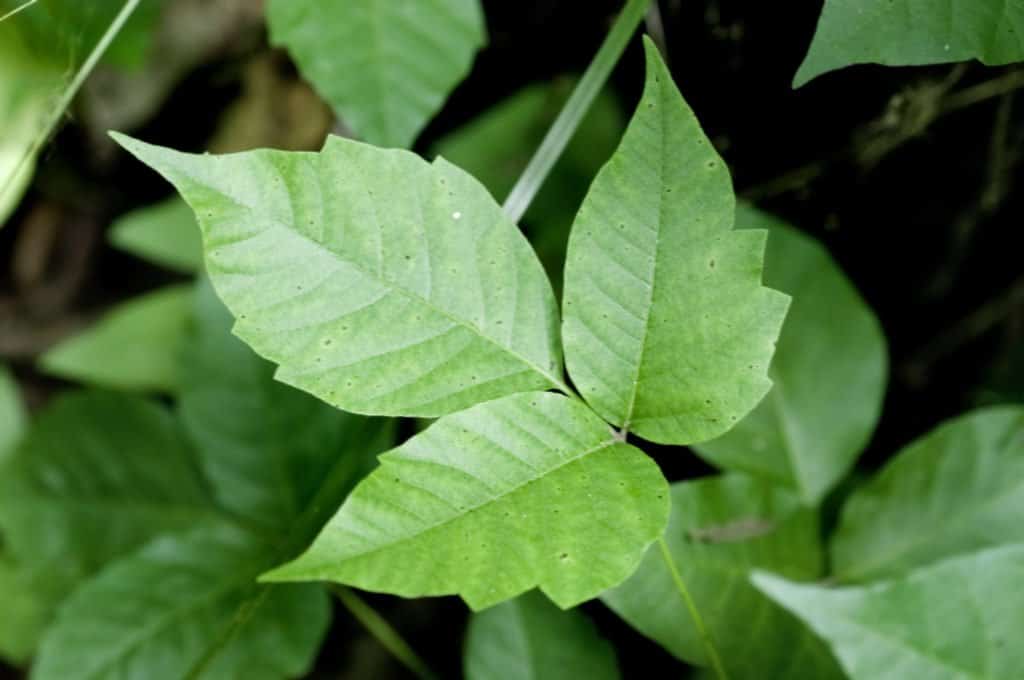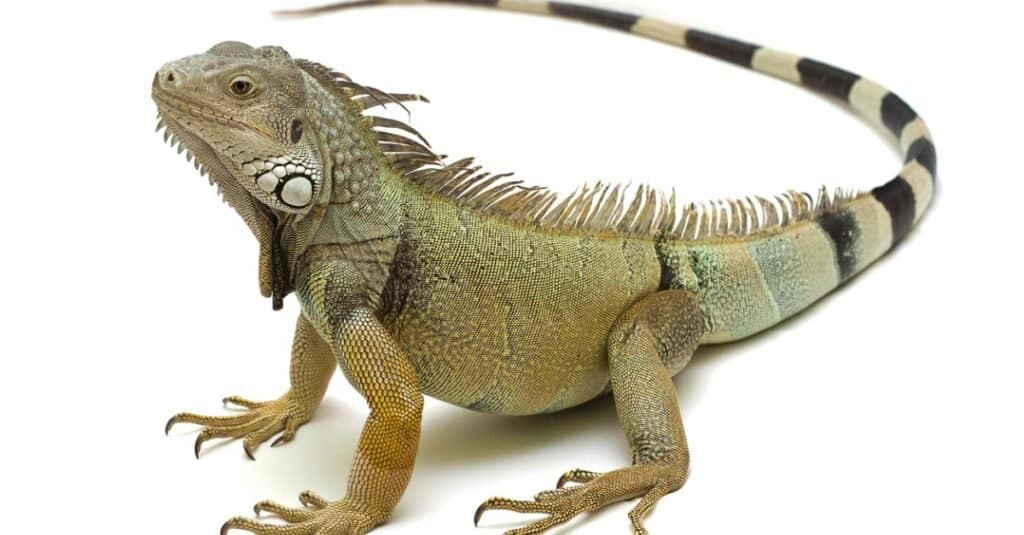What Are Some Major Differences You Observe Between Animal And Plant Cells
Institute and animal cells are both extremely important to the survival of millions of species and without them life couldn't be. Although they share a lot of similarities, they accept quite a few differences besides, and even the smallest departure tin can be massively important to the job that they do. So how are they akin and what separates institute cells vs. animal cells?
Well, they are a dissimilar size and shape and shop unlike types of energy. Both have a nucleus, although it is centrally located in i and not in the other. They both accept cell membranes, although ane has a cell wall and the other doesn't.
Comparison Animal Cells vs Plant Cells
Establish and animate being cells have many differences and each different part is vital to the role they play. They are and then essential that they are considered to be the building blocks of every living thing on earth – both plant and animal. Although most cells are so tiny that they can only be seen through a microscope at that place are some important differences between them.
Bank check out the chart below to learn a few of the master differences.
| Beast Cells | Constitute Cells | |
| Size | 10 – thirty micrometers | x – 100 micrometers |
| Shape | Irregular shape | Fixed, rigid shape – frequently rectangular |
| Jail cell Wall | No | Yes |
| Chloroplasts | No | Aye |
| Nucleus location | Central | Off middle, towards one side |
| Vacuole | Many pocket-size vacuoles | Large cardinal vacuole |
| Stored free energy | Glycogen | Starch |
| Plasmodesma | No | Yeah |
| Lysosomes | Yes | Rarely |
| Centrioles | Yes | Rarely |
The 10 Key Differences Between Plant and Animal Cells

Tim Mainiero/Shutterstock.com
Plant vs Brute Cells: Size
Animal cells are mostly much smaller than plant cells. Beast cells are unremarkably between 10 and 30 micrometres while plant cells are between 10 and 100 micrometres.
Plant vs Animal Cells: Prison cell Wall
Beast cells do non have a prison cell wall. Instead they have a jail cell membrane. Nevertheless, plant cells take a strong prison cell wall that is made from cellulose equally well as a cell membrane.
Constitute vs Animate being Cells: Shape
As plant cells have a potent jail cell wall they have a fixed and rigid shape that is normally rectangular. Still, the reverse applies to brute cells. As they don't have a cell wall they are irregular shapes.
Plant vs Animal Cells: Vacuole
Vacuoles are spaces or cavities inside cells that enclosed by a membrane and usually comprise fluid. Animal cells have many small vacuoles inside them while plant cells have i large ane. The vacuole within a plant cell can sometimes take upward towards 90% of information technology.
Constitute vs Animal Cells: Nucleus
The nucleus is i of the near of import function of a jail cell as information technology contains all of the genetic information for the prison cell and controls cell segmentation. In animal cells the nucleus is located adequately centrally within the prison cell. However, in establish cells information technology is located towards ane side of the prison cell. This is considering the large fluid filled vacuole takes up most of the room within plant cells.
Institute vs Brute Cells: Stored Energy
Both plant and animal cells shop energy and both apply glucose as their primary class of free energy. However, they store it in different forms. Animal cells store energy in the form of glycogen while plants store it in the form of starch.
Establish vs Animal Cells: Chloroplasts
One of the major differences between institute and animal cells is the presence of chloroplasts. Plant cells have chloroplasts while animal cells don't. Plant cells need chloroplasts then that they can convert free energy from sunlight into usable free energy via photosynthesis. Animals do not practice this so they don't demand chloroplasts.
Plant vs Animal Cells: Plasmodesma
Plasmodesmata are tiny channels that lie betwixt the cell walls of institute cells. They allow molecules, nutrients, and water to move betwixt cells – known as intercellular advice. Plasmodesmata are only nowadays in found and algae cells and are non present in beast cells.

iStock.com/Che_Tina_Plant
Establish vs Animal Cells: Lysosomes
Lysosomes are membrane bound organelles that are found inside cells. Their chief function is to break downwardly proteins, acids, large molecules, and unwanted materials. They are present within animal cells but are very rarely found within plant cells. This is considering plants take tough cell walls which are strong enough to proceed any of the unwanted substances out of the cell that a lysosome would usually break down.
Plant vs Animate being Cells: Centriole
Centrioles are cylindrical organelles which are found in the cytoplasm of fauna cells. They are institute near the nucleus and are fabricated up of nine microtubles arranged in a circle. Their principal role is to arrange the microtubles during cell partition. Centrioles are found in beast cells, only are non typically found in plant cells. However, plant cells still comprise microtubles.
FAQ'due south (Frequently Asked Questions)
What parts of cells are the same in both plants and animals?
Both plant and animal cells have cell membranes, a nucleus, cytoplasm, and mitochondria.
Are all establish cells the same?
No, institute cells vary past location, function, type, and even by the individual plant species.
What are eukaryotic cells and are both plant and animal cells eukaryotic cells?
Yes, both constitute and animal cells are eukaryotic cells. Eukaryotic cells are cells that contain a nucleus and other membrane-bound organelles.
Can cells repair themselves?
Aye, both plant and animate being cells tin can repair themselves. This is known as regeneration and is a natural process that allows plants and animals to repair and replace cells and tissues, heal wounds, and fifty-fifty regrow limbs in some limited cases – such as starfish regrowing arms and lizards regrowing tails.
Can cells produce their own nutrient?
Plant cells can produce their ain food but creature cells can't. This is considering institute cells contain chloroplasts then that they can convert free energy from the sunlight into nutrients – therefore producing their own food using the process known as photosynthesis. Animal cells don't comprise chloroplasts so they cannot make their own food, pregnant that they need to go it from another source. This is why plants are known as producers, while animals are known every bit consumers.
What are the different types of animal cells?
Some of the dissimilar types of fauna cells include claret, muscle, nerve, peel, and stalk cells.
Source: https://a-z-animals.com/blog/plant-cells-vs-animal-cells-10-key-differences-explained/
Posted by: trudeauthersece.blogspot.com

0 Response to "What Are Some Major Differences You Observe Between Animal And Plant Cells"
Post a Comment